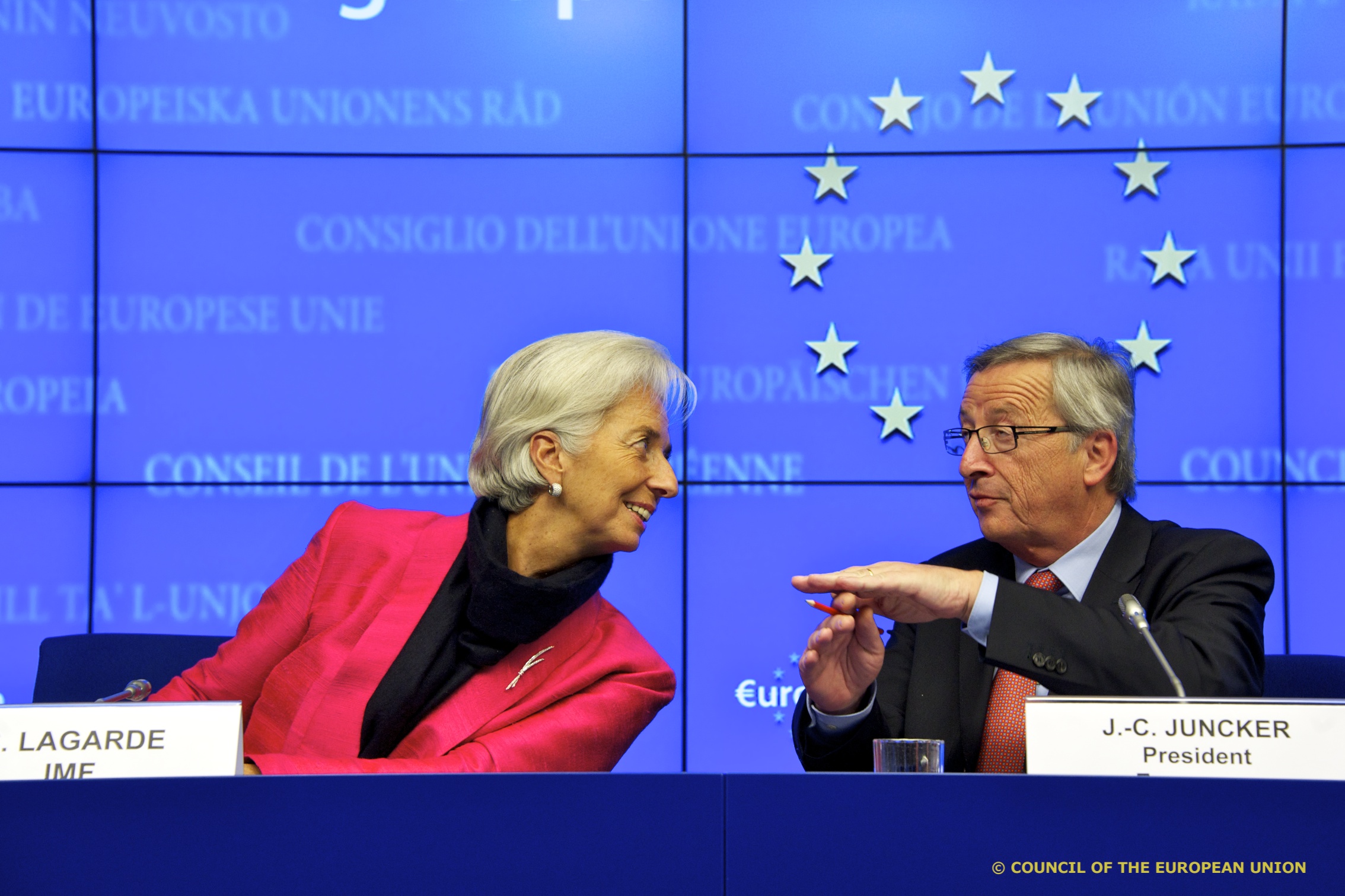Although there is major optimism about an agreement being reached at Tuesday’s crucial Eurogroup meeting in Brussels, Greece’s European partners and the IMF are making radically different proposals.
The European plan involves using 25 billion euros from the third bailout’s 86 billion euros to pay off early the bilateral loans to Greece (GLF) from the first bailout in 2010. A further 10 billion euros from the profits the ECB and Eurozone central banks generated from Greek bonds (ANFAs and SMPs) will go towards paying off IMF loans from 2018 to 2023.
Europe’s plan also involves extending grace periods on all loans to 2028, while extending repayment deadlines by 10 years. This also entails that the primary surplus will be 2% of the GDP for ten years, rather than the 3.5% rate provided in the current bailout.
On the other hand, the IMF’s proposal aims to reduce the net present value terms of the Greek debt to about 60% of the GDP by 2060. Given the ‘reform fatigue’ in Greece, the Fund argues that the primary surplus targets for the next decade must be 1.5% (compared to the aforementioned European proposal’s 2%).
In essence the IMF is proposing a major extension of the loan deadlines of all three bailouts – 30 years for the first bailout, 14 years for the second bailout and 10 years for the third bailout – in order to reduce Greece’s annual debt service needs.
At the same time the IMF is proposing longer maturity and grace periods for the ESM loans of the third bailout, provided the interest rate does not exceed 1.5% by 2040.





